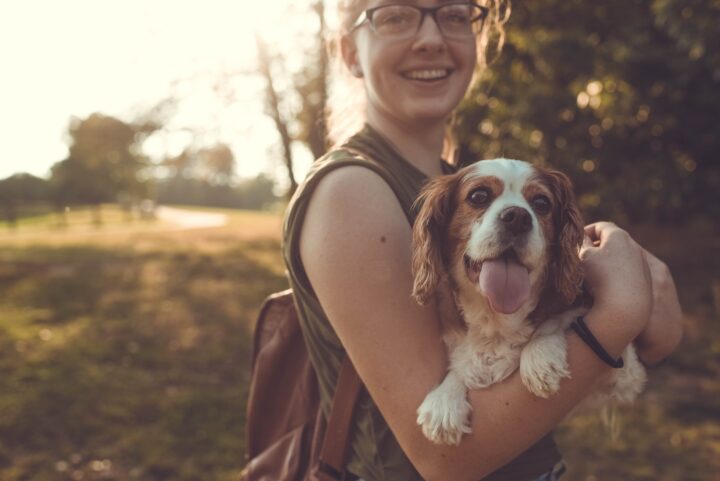Playful Pooches: Encouraging Exercise and Play in Senior Dogs
Do you have a senior pooch at home? Are you worried that your furry friend may be getting lethargic? That’s pretty common. As dogs enter their golden age, they tend to grow less active and playful; nevertheless, keeping them moving and fit is essential. Regularly incorporating exercise and play into your senior dog’s daily routine is one of the surest ways to achieve this while improving their mood, stimulating their brain function, and keeping their joints healthy.
That aside, regular exercise and playtime have proven to significantly aid in maintaining healthy weight and good behavior in senior doggies. But how do you get your golden-aged furry friend to reap all these playtime benefits when it seems like the last thing they want to do? Read on to find out.

Make Playtime Fun and Engaging
As dogs age, their preferences may change; your once-active Rottweiler may not be as interested in jump challenges and tug-of-war games as before. So, rather than forcing them back into their old play routines, we suggest trying something new and fun.
Consider going for activities that your senior pooch would enjoy and want to engage in, say interactive games such as hide and seek, fetch, or puzzle toys. These games should stimulate their senses and sharpen their cognitive abilities without much strain while giving you the perfect opportunity to bond with your furry friend.
Walk the Talk
Walking is an excellent low-intensity, highly recommended HoundGames exercise that your senior dog would love. Every once in a while, take your pooch for a walk; we recommend choosing a beautiful, scenic route and taking your time with this date. Let your pooch sniff around and explore the area as you leisurely stroll, giving them as many breaks as needed.
Remember to bring along some water, though, as keeping your furry friend well-hydrated during walks is essential. But more importantly, ensure you tailor the length and intensity of the walk to their individual needs.
Healthy Treats
No dog is ever too old for a treat, so consider some incentives when you feel your furry friend pulling away from playtime. Try incorporating treats into your routine playtime to give your dog something to look forward to at the end of it all.
Healthy treats, for one, are a good choice of snacks as they encourage them to be more active while giving them a dietary boost. You can go for treats high in protein, like boiled chicken or turkey, to help keep their muscles strong and encourage them to play or consult their vet about their dietary needs.
Play Dates
Just like humans, dogs enjoy spending time with their friends. Setting up playdates with other dogs should be in the books if you want to reintroduce playtime into your senior dog’s life. By scheduling play dates, you’ll encourage your senior dog to be more active and playful and improve their social skills and emotional well-being in the long run. Just make sure you choose dogs around the same size, age, and energy level as your pooch to avoid overwhelming them.
Swimming Sessions
Swimming is a fantastic, low-impact exercise that is easy on the joints, making it ideal for senior dogs with joint pains. If your dog is comfortable in the water, taking them for a swim is an excellent way to get some exercise and playtime; however, you’ll need to remember that not all dogs are comfortable in the water.
So, if you have never swam with your dog before, we always recommend starting slowly and never forcing them into the pool; instead, ease them into it at their own pace. Did you know that your doggo can build muscle mass and improve cardiovascular health with supervised swimming sessions?
Final Thoughts
Keeping your senior dog active and playful is crucial for their health and well-being. Whether it is playing with toys, swimming, walking, providing healthy treats, or setting up playdates, there are many ways to encourage exercise and play with your furry friend. The key is ensuring that you engage your furry friend in fun activities they enjoy, preferably low-impact exercises that put minimal strain on them.
If you need to figure out what this would look like for your pooch, you can always consult their vet for a recommendation. With creativity and patience, you can help your dog maintain a happy and healthy lifestyle throughout their golden years.


